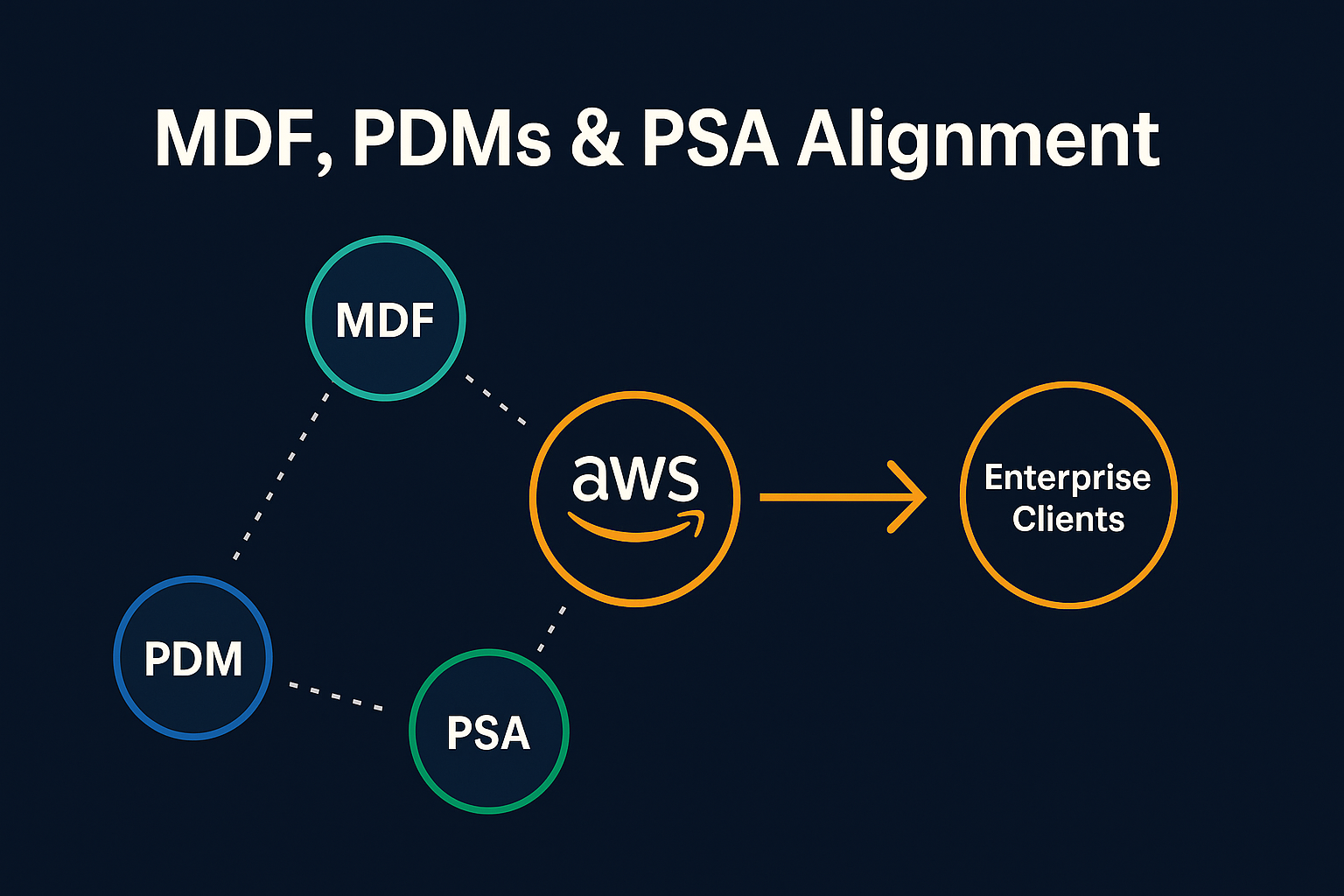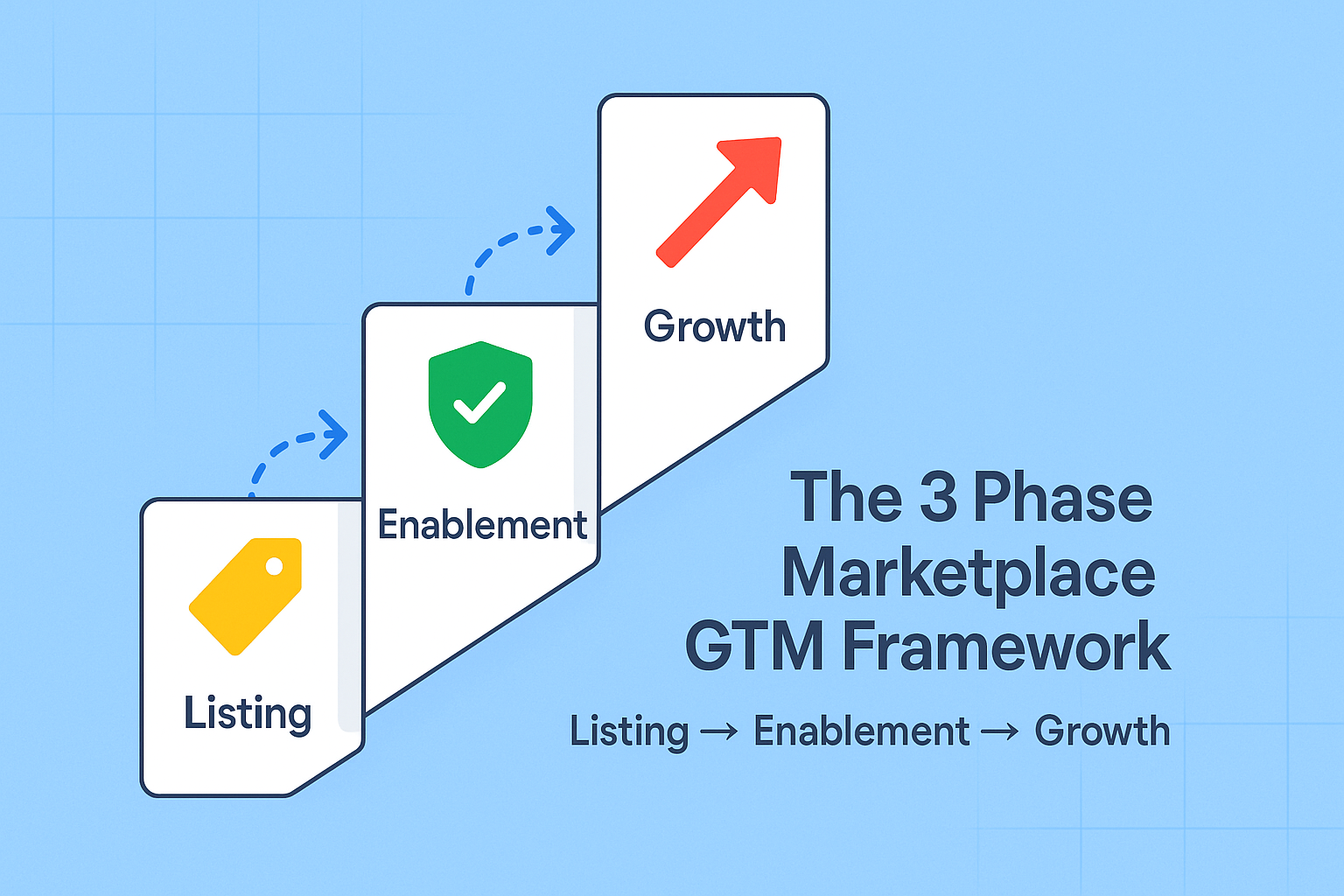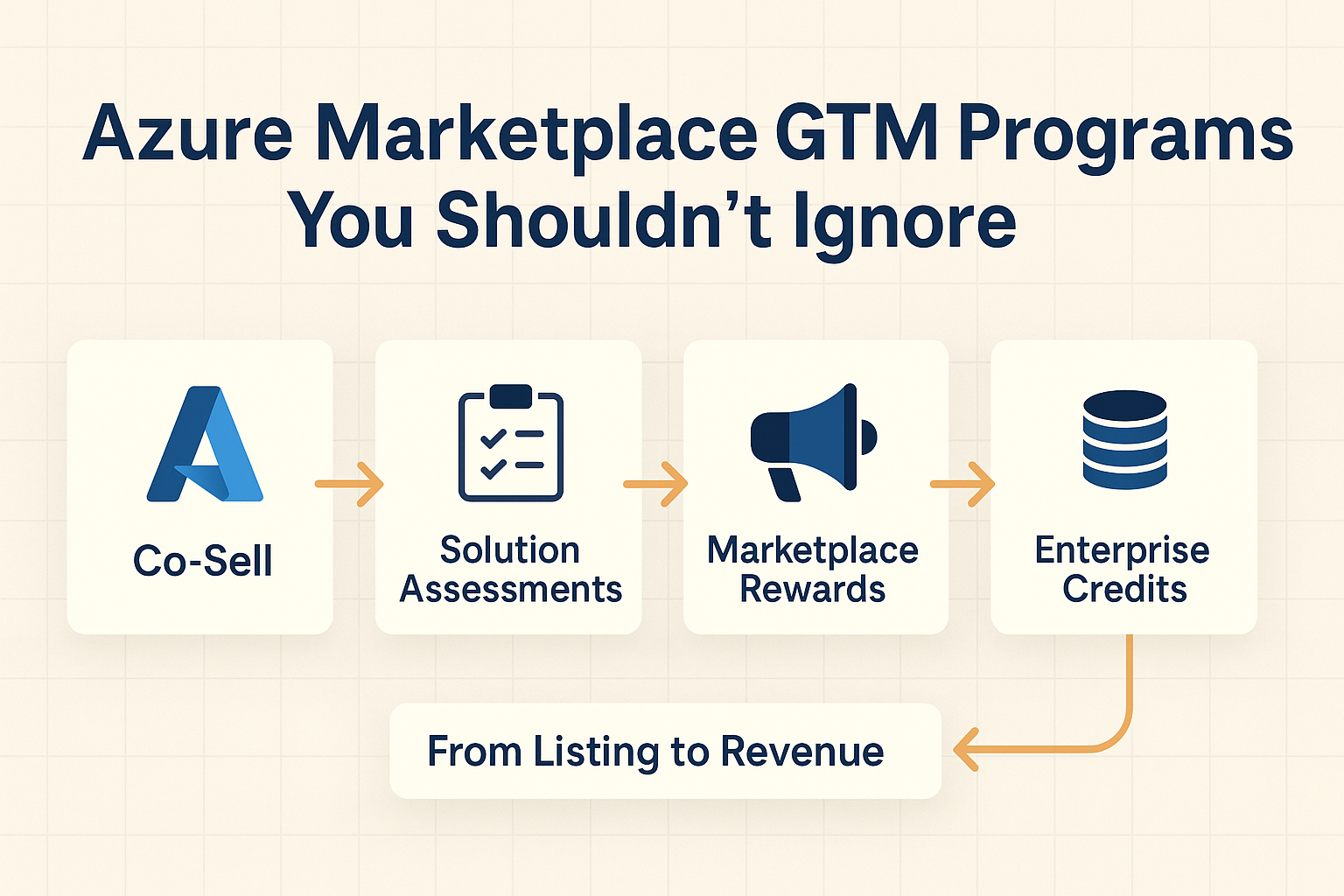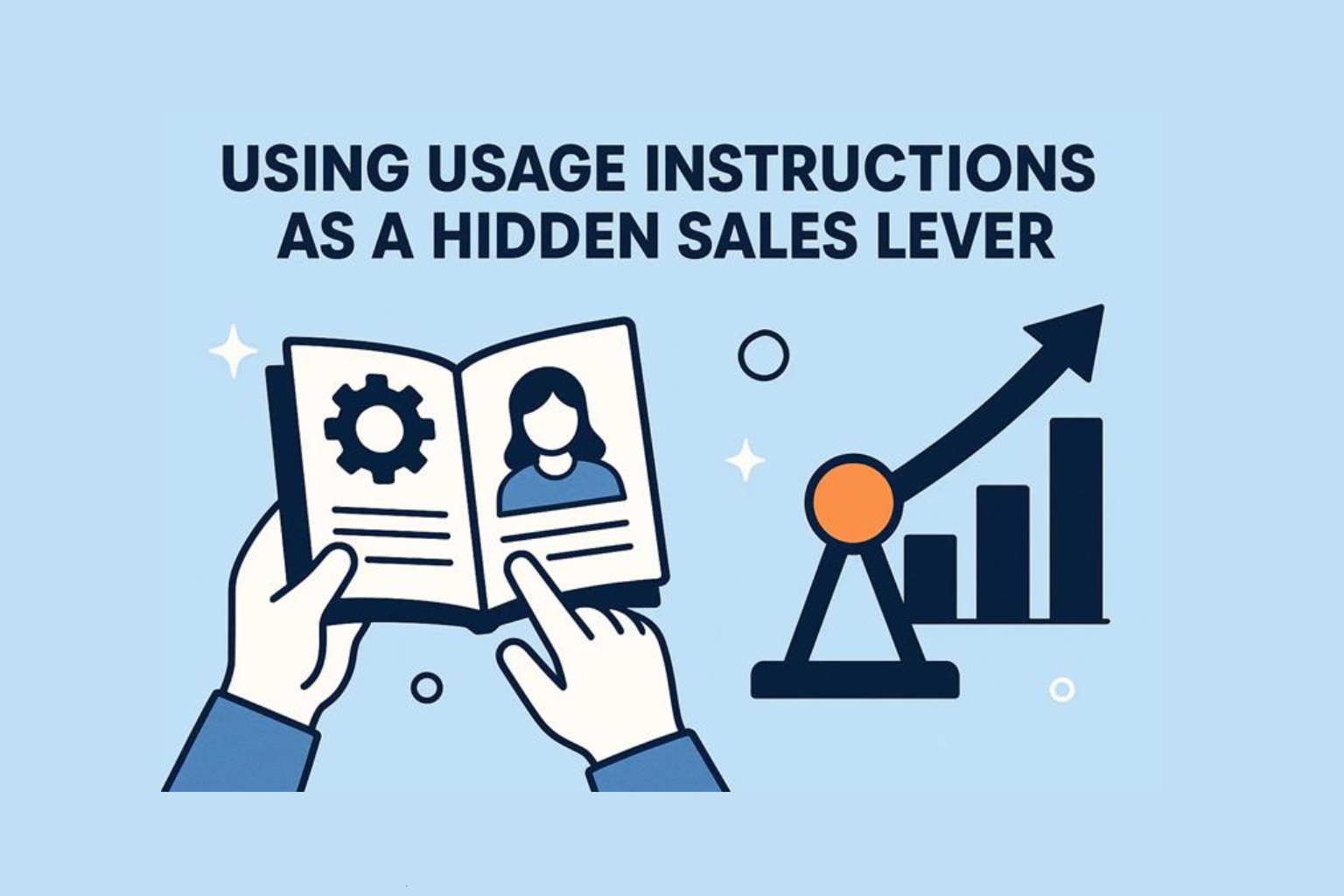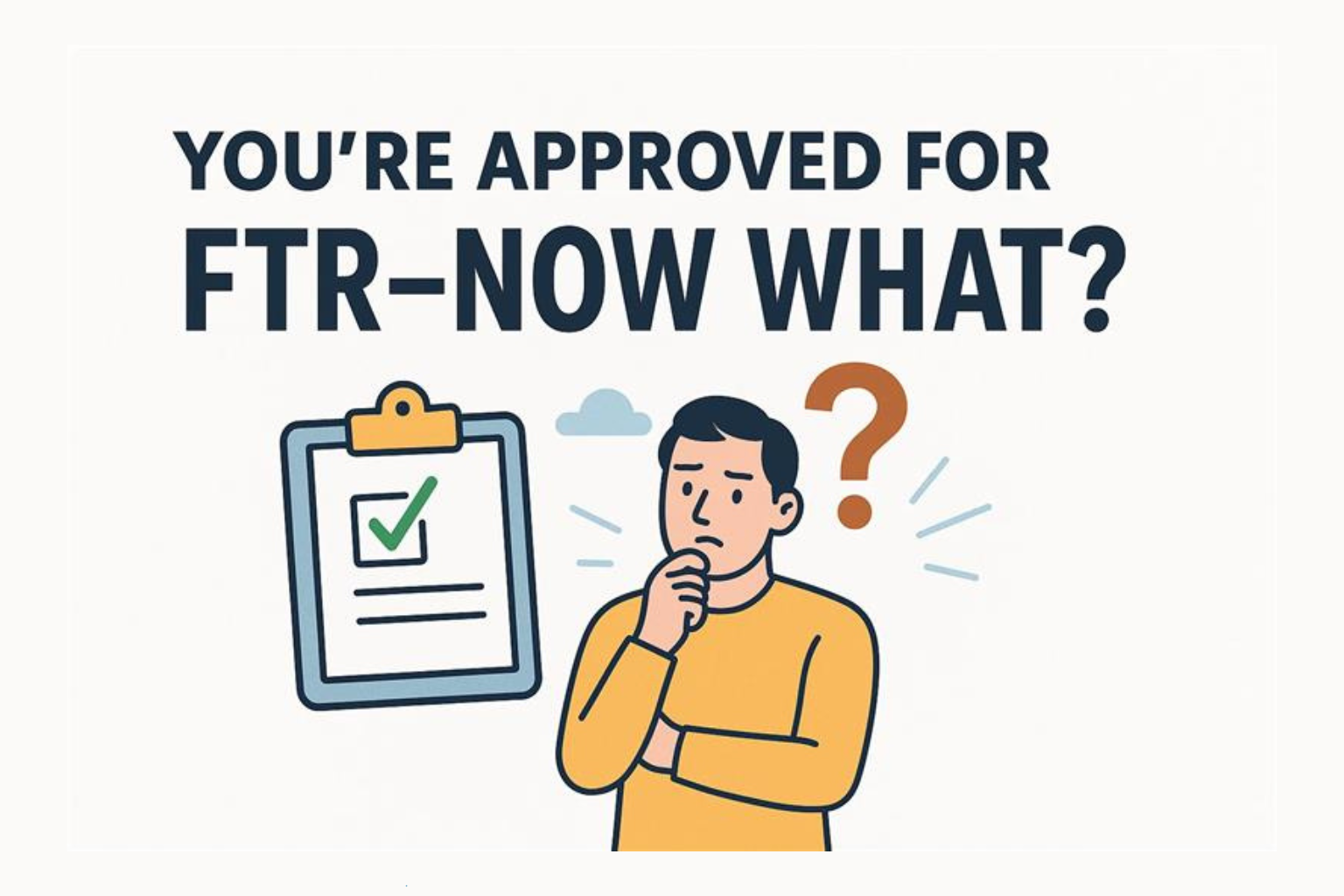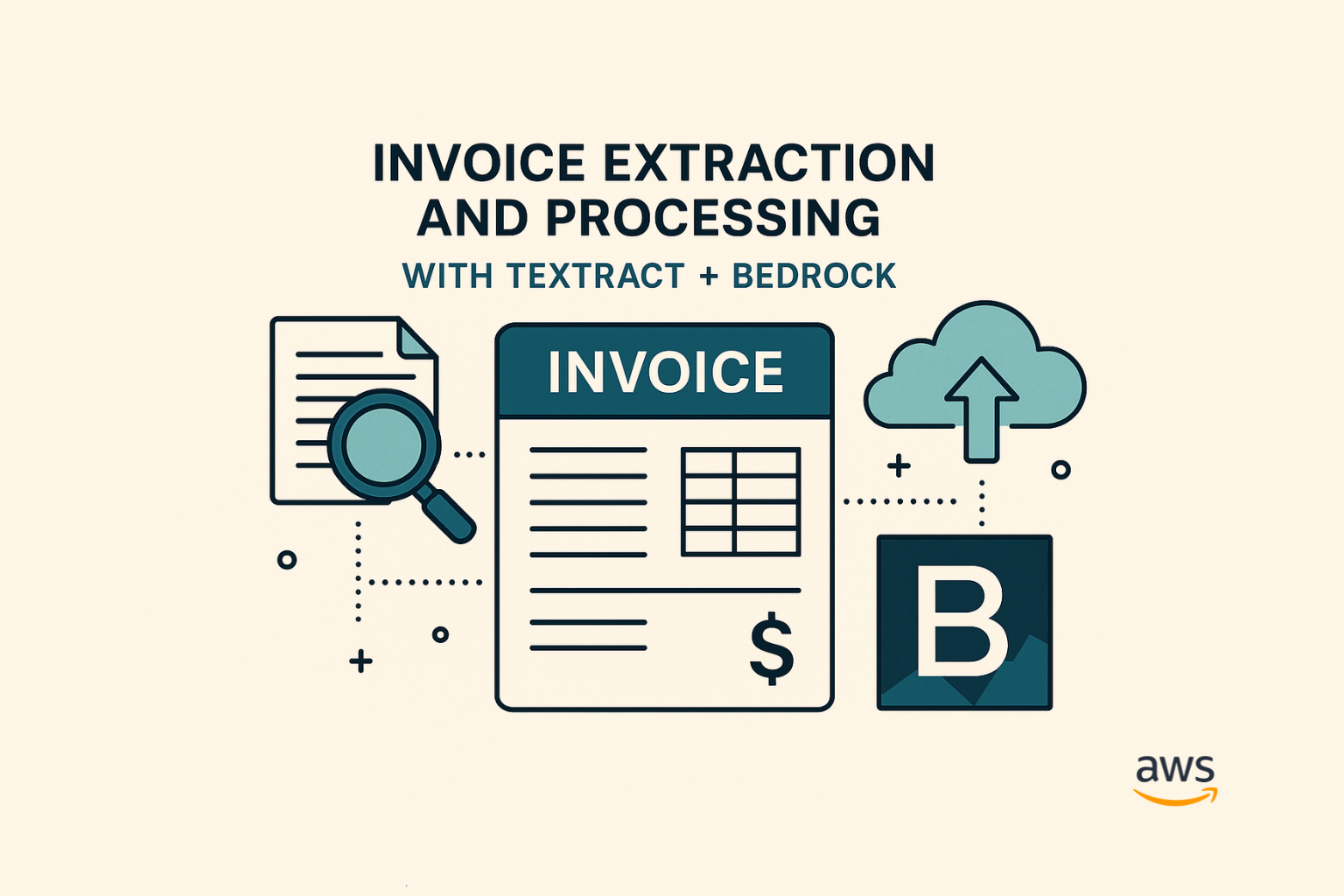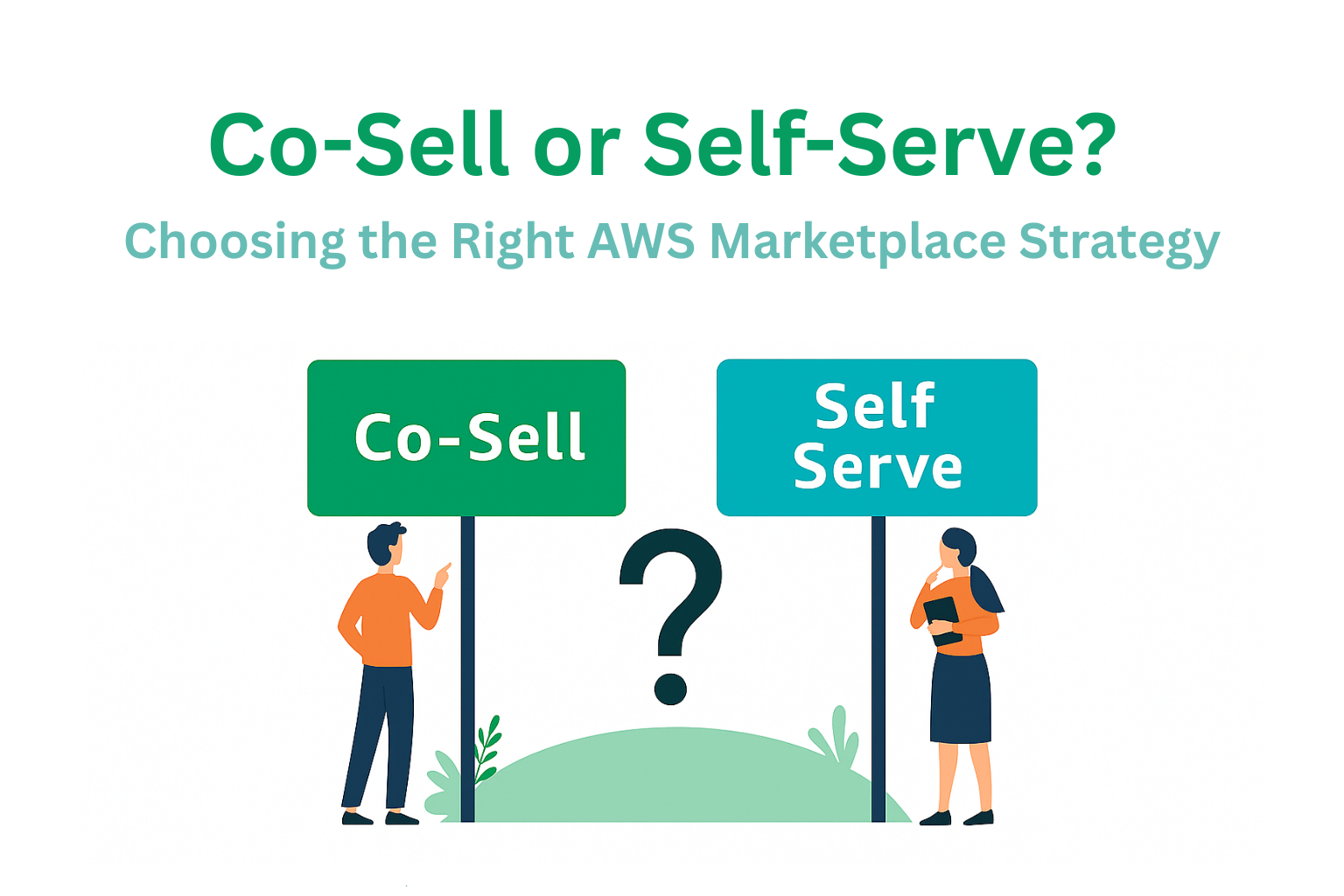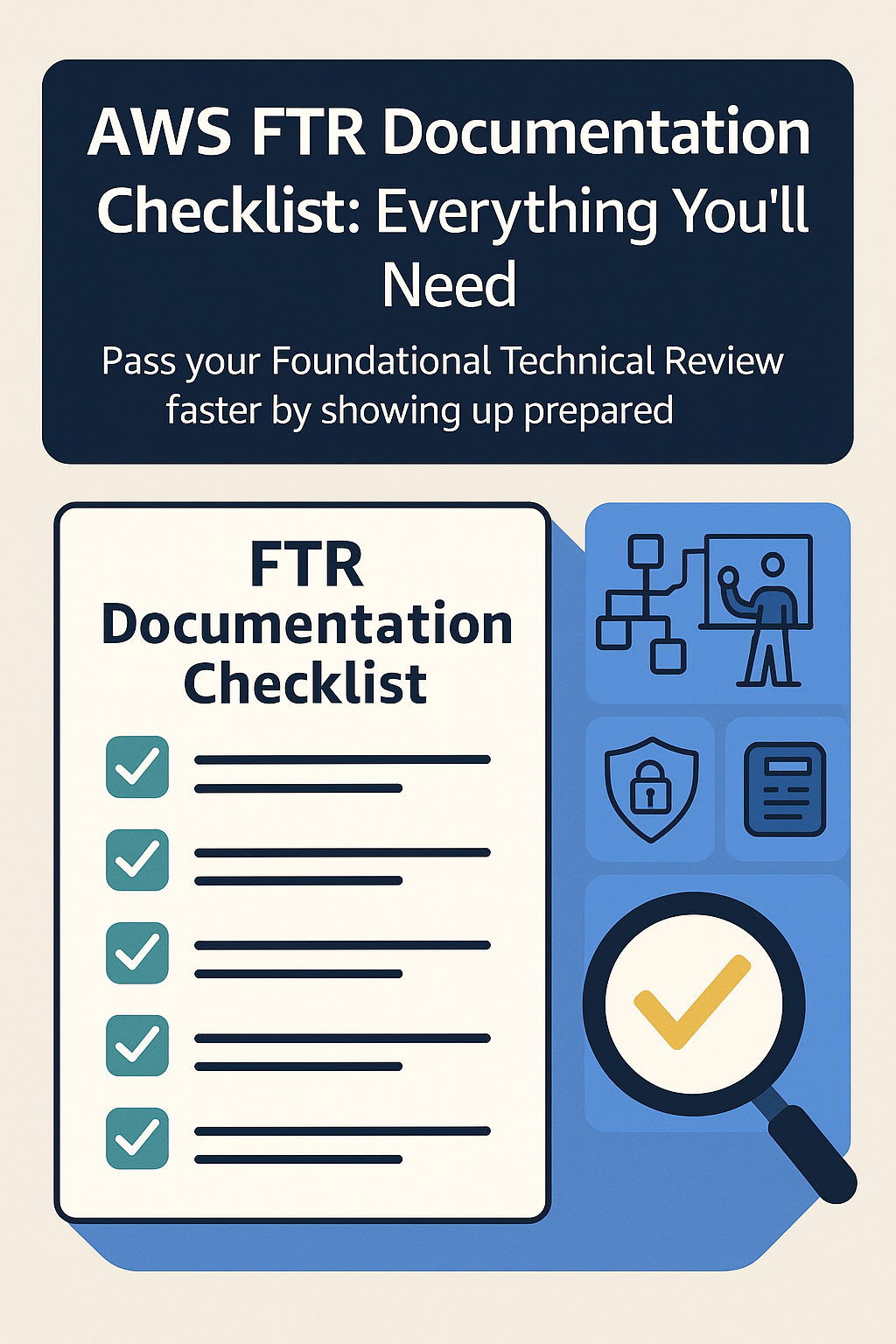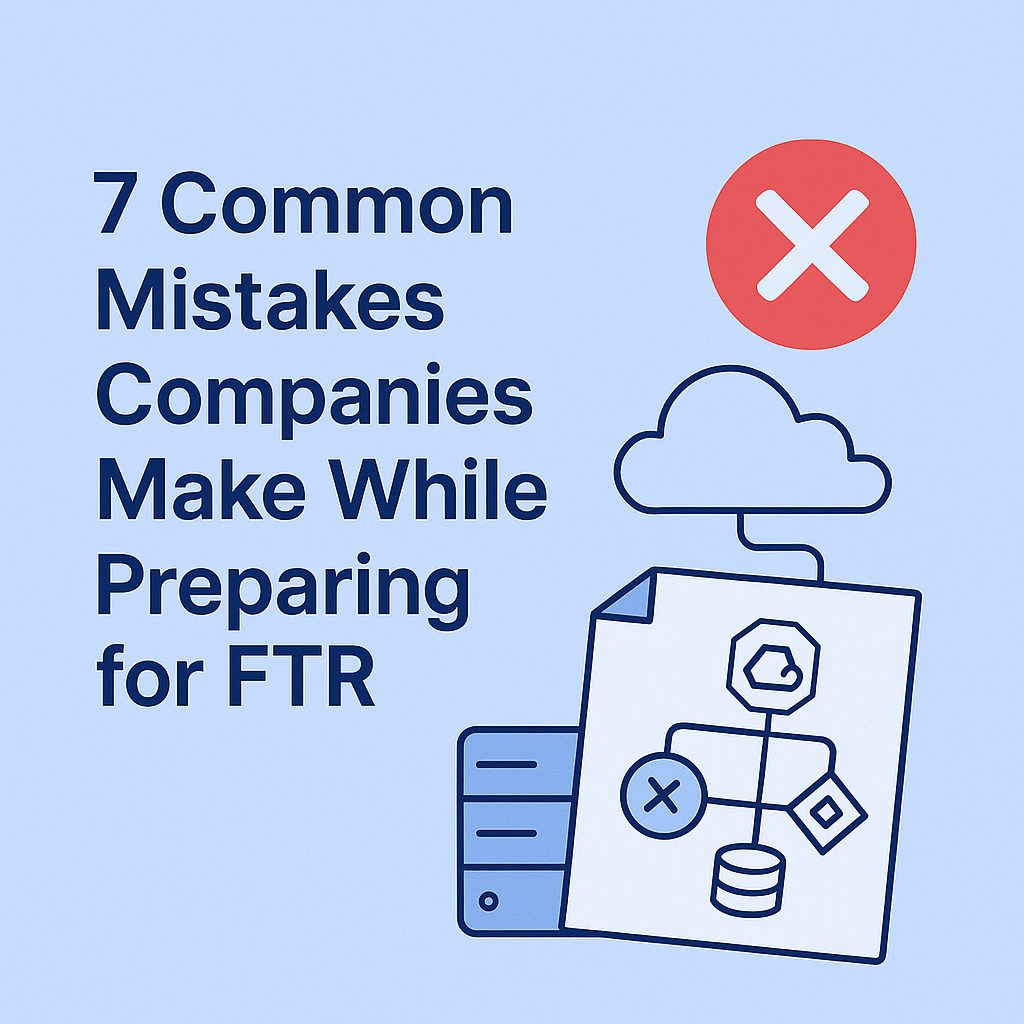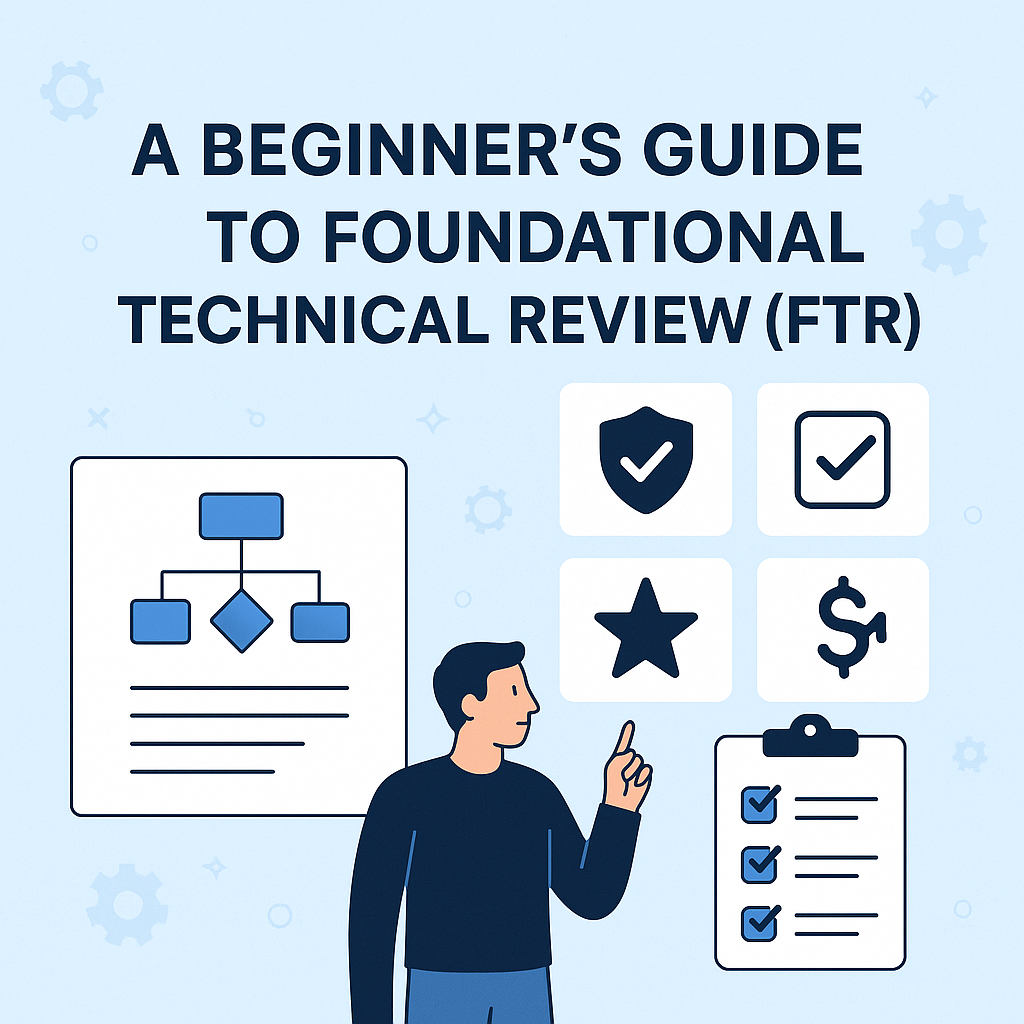Effective communication is essential to business success. The ability to write persuasively can be critical when it comes to creating sales copy, giving a presentation, or writing a proposal. When you master persuasive writing strategies, you can captivate readers, gain their trust, and persuade them to act. This article explores the key components and techniques of persuasive writing so you can create engaging and effective material.
Understanding Your Audience
The first stage in persuasive writing is to thoroughly understand your target. Find out about their wants, needs, and pain spots. Make your message relevant to their values and interests. You may build trust and establish a relationship with your audience by showcasing a thorough understanding of them, which opens the door for persuasion.
Crafting a Compelling Argument
The foundation of persuasive writing is a coherent and well-structured argument. Your core argument should be stated succinctly, and it should be supported by solid data, examples, and arguments. Be proactive in addressing prospective counterarguments by foreseeing them. Make your argument more compelling and accessible by employing persuasive strategies like analogies, storytelling, and emotional appeals.
Establishing Credibility
You must establish yourself as a reliable source in order to persuade your audience. Give examples of your knowledge, skills, or credentials that are pertinent. To support your claims, use case studies, data, or testimonies. They are more inclined to embrace your message and take action when they view you as a credible expert.
Emotional Appeal
Emotions are important in persuasion. By appealing to your audience’s ambitions, fears, goals, or sense of belonging, you might pique their emotions. Create your writing in a style that appeals to certain feelings that are consistent with your message. Create an emotional connection that inspires action by using engaging language, compelling narrative, and relatable anecdotes.
Addressing Objections
Recognise and answer any doubts or potential objections your audience may have. Consider their worries and offer convincing counterarguments. You show empathy, understanding, and a willingness to have an honest conversation by proactively addressing objections. This strategy raises the chance of converting sceptic readers or listeners.
Utilizing Persuasive Language
The language you use and the words you choose can have a big impact on how convincing your writing is. Use language that is assertive, uplifting, and confident. To increase the impact of your message, use rhetorical strategies like repetition, parallelism, and the power of three. To avoid alienating or confusing your readers, stay away from jargon and convoluted terminology.
Call to Action
A strong and clear call to action should be included at the conclusion of every persuasive piece of writing. If you want your audience to buy anything, subscribe to a newsletter, or share your material, be sure to make it clear in your call to action. Make the call to action clear, urgent, and simple to understand. To boost conversion rates, offer incentives or emphasize the advantages of doing the desired action.
A powerful tool for organizations that want to engage, persuade, and convince their audiences is persuasive writing. Get expert consultation for your content needs, contact us today.



